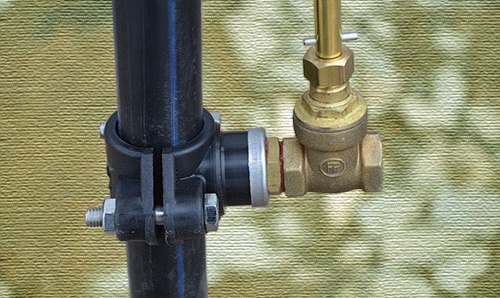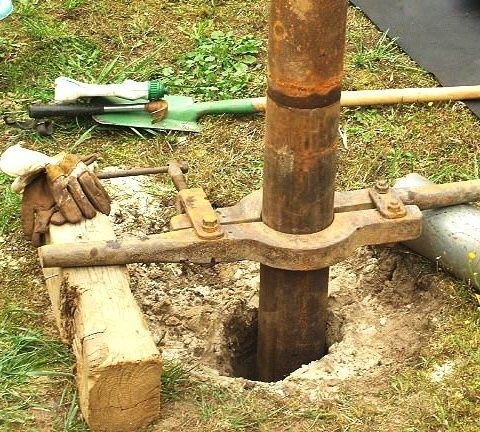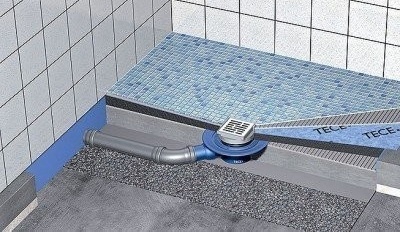How to properly drain water from a well using a valve
Good day! I am working on the issue of draining water from the system for the winter. Well, there’s a winter valve in it. From the well through the adapter at a depth of 1.7 ... 1.8 m, the HDPE pipe goes ~ 20 meters to the house, and rises in an arc to the entry point to the house to a height of about 1 m (pile foundation).
Question: if the entire water "load" in the house is disconnected / drained / isolated, then in the remaining branch (described above), will the water pressure allow the valve to drain it or not? In the conditions of connected and buried pipes I do not understand how this can be seen visually. Therefore, I ask. Many thanks!
Maxim
Expert Answer
Good afternoon, Maxim!
The most reliable way to drain water from an unused line in winter is to use a manual drain valve, for example, a Pumpar Du 32 valve from the Swedish company DEBE. This valve is equipped with a long two-meter handle and comes complete with a 1 в inch pipe insert. By installing such a device, you can not even make a hole in the lid of the caisson - just install the valve flywheel below the ground. Opening the hatch once a season is not difficult, but you will be completely confident in the quality of the work done.
As for the winter valve, it really is one of the best ways to automate the process of draining water from the highway for the winter. Here is just one thing - the device must be of high quality. Today the market is flooded with Chinese fakes, which will bring you more trouble than amenities. So, unlike branded valves, fake devices very quickly become unusable and stick, or vice versa, they begin to bleed water. For this reason, after installing the valve on the line, be sure to check its performance. To do this, just turn off the pump at night and see in the morning how much the pressure in the system has dropped.
Now, regarding the question of whether there will be enough gravitational pressure of your main line for the water to leave the pipes. Winter valves of most brands are designed to open when the pressure in the pressure water supply drops to 0.5 atm. In order for all the water to leave the pipes, it is enough to rise from the bottom of the pit to the ground level, even if the caisson has a depth of only 1 m. If the winter valve is of good quality, then there is no reason to worry.
By the way, even if the device becomes acidic and does not work, then the fact that HDPE pipes are used in the system plays in your favor. As you know, they can withstand several dozen freezing cycles even when filled with water under pressure (we are talking about high-quality products with thick walls). In your case, if a small volume of liquid remains in the pipes, then the lack of pressure will play a plus. The weaknesses are more rigid fittings, but most likely they were not used in such a short section.



